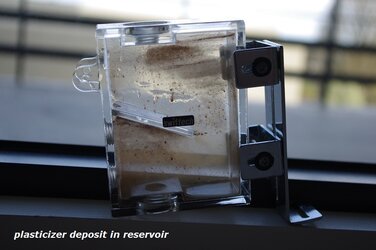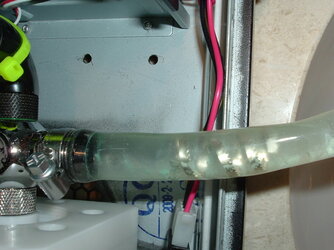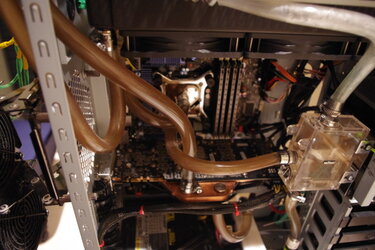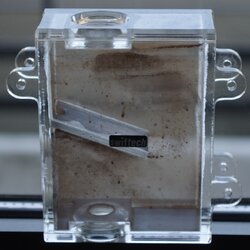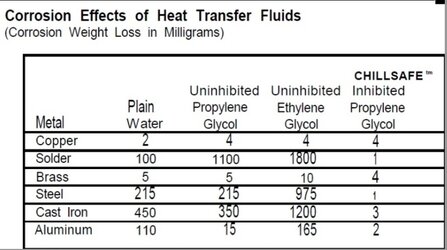My loop has been together for ... :cough: ... let's just say longer than typically advisable. I plan to break it down and rebuild it as I (hopefully) add a new component to the system. Flow rates aren't what they used to be, so it certainly seems to be due.
I used Masterkleer PVC tubing, and the plasticizer is pretty much all over everything at this point. Is there a preferred/easy way to clean it? I'll be replacing all the tubing, but I want to get as much off the insides of the block, barbs, pumps, and radiator as humanly possible before I put it back together.
For the rad would doing the rad dance (do we have an emoticon for that yet?) all over again with some vinegar work well enough? What about the pump? The plastics probably wouldn't react nicely to vinegar. Maybe I'm over-complicating things as there won't be much plasticizer remaining on the parts that get re-used, but I'd like to remove if it can be done easily.
On the subject, is there an inexpensive plasticizer-free tubing available in 3/8x 5/8? Primochill Pro LRT seems to be the fan favorite at the moment, but I'm good with anything that works, looks are pretty far down my list of priorities, I'd be fine with black. The Tygon Norprene tubing isn't any deal compared to Primochill (they're close in price from what I see), maybe I just need to pay extra to keep the plasticizers out of my loop?
I used Masterkleer PVC tubing, and the plasticizer is pretty much all over everything at this point. Is there a preferred/easy way to clean it? I'll be replacing all the tubing, but I want to get as much off the insides of the block, barbs, pumps, and radiator as humanly possible before I put it back together.
For the rad would doing the rad dance (do we have an emoticon for that yet?) all over again with some vinegar work well enough? What about the pump? The plastics probably wouldn't react nicely to vinegar. Maybe I'm over-complicating things as there won't be much plasticizer remaining on the parts that get re-used, but I'd like to remove if it can be done easily.
On the subject, is there an inexpensive plasticizer-free tubing available in 3/8x 5/8? Primochill Pro LRT seems to be the fan favorite at the moment, but I'm good with anything that works, looks are pretty far down my list of priorities, I'd be fine with black. The Tygon Norprene tubing isn't any deal compared to Primochill (they're close in price from what I see), maybe I just need to pay extra to keep the plasticizers out of my loop?
